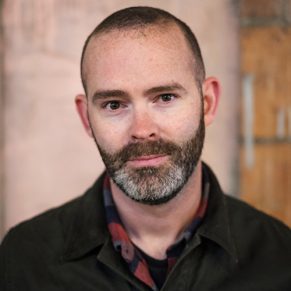Why I Love Broadway Fillmore
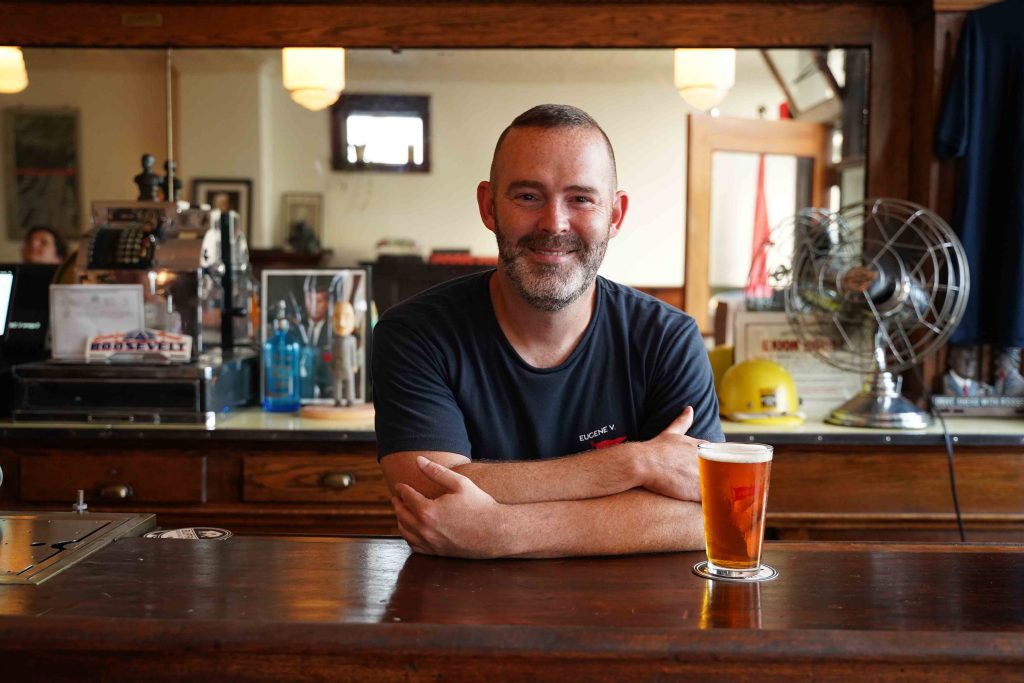
When John Kucharski stood on the stoop of his corner tavern at Peckham and Clark streets in 1934, he could hear the rumble of steam locomotives at the New York Central Terminal, the church bells of Corpus Christi and St. Stanislaus, and the distant chorus of countless cattle and swine at the Buffalo Stockyards. His neighborhood, Broadway Fillmore, is now my neighborhood.
The church bells still ring. Trains have not ferried passengers to the Central Terminal since 1979. The stockyards are long gone, though the scent of Sahlen’s hot dogs and Wardynski sausage is still present in the air. The neighborhood is not what it used to be, but what it used to be is inspiring what comes next.
When I sat down to write this piece, I decided I could not dance around the reality that Broadway Fillmore has seen a remarkable decline. The neighborhood lost 85 percent of its population from 1950 to 2010. Deer and wild turkey now roam vacant lots that have taken the place of hundreds of homes and stores.
“Broadway’s dark tonight, a little bit weaker than you used to be,” is a line from the Goo Goo Dolls song “Broadway,” referencing songwriter Johnny Rzeznik’s boyhood neighborhood. He grew up not far from where I live now at 164 Clark Street.
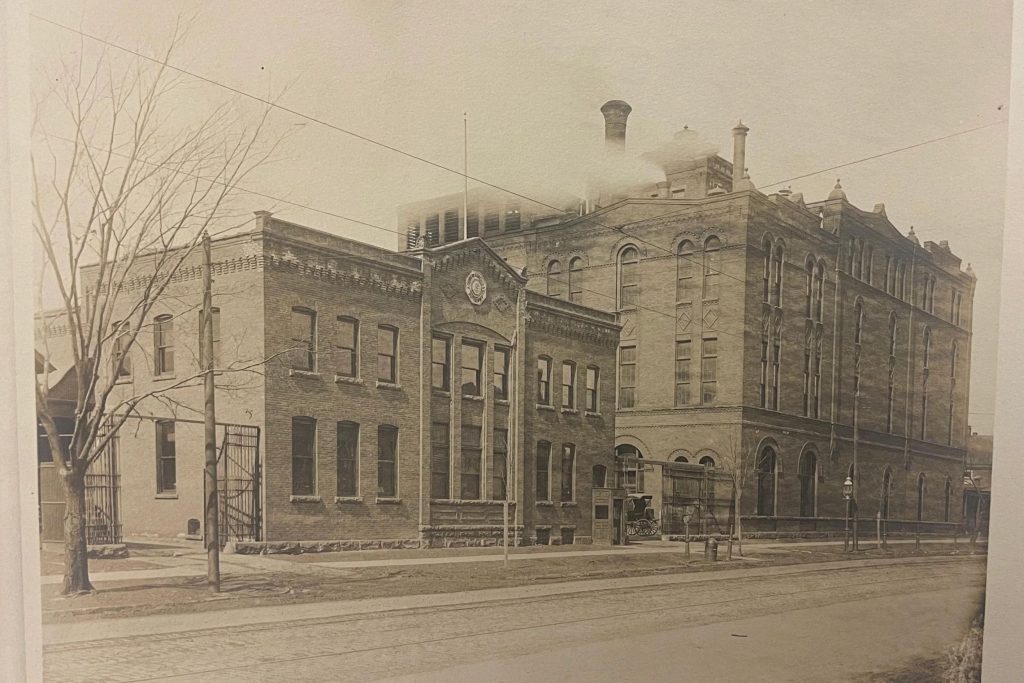
But all is not lost. The neighborhood’s heart still beats. Memory and tradition have been powerful forces keeping Broadway Fillmore alive and providing a foundation for the revival we hope to build together as neighbors. The nonprofit that purchased and initiated efforts to restore the Buffalo Central Terminal in 1997 is now making gigantic strides. Institutions that were nearly lost like Corpus Christi R.C. Church, Arty’s Bar & Grill, and Adam Mickiewicz Library & Dramatic Circle are vibrant and healthy again. Others have found new life—the former Police Station No. 8 is now the Buddhist Cultural Center, Fillmore Avenue Shul is now Revelation Missionary Baptist Church, and Holy Mother of the Rosary Polish National Cathedral is now the Masjid Zakariya. Where Schreiber’s Manru was made from 1899 to 1950, beer is now being made again by the Buffalo Brewing Company.

A walk or bike ride down the streets of Broadway Fillmore give evidence that its historical identity as a working class, immigrant neighborhood endures. Babcia’s Pierogi and Apa’s Kitchen invoke the Broadway Market’s 1890 principally Polish origins and 2023 ethnic diversity. Adam Mickiewicz Library & Dramatic Circle, or Mickie’s for short, is home to a restored pre-Prohibition bar serving Polish and Ukrainian beer in harmonious integration with the hyper-contemporary Torn Space Theatre. Where Jankowski’s cigar store once stood at Fillmore Avenue and Paderewski Drive, a reconstructed building houses affordable apartments and the Zia Coffee Shop, a Bangladeshi restaurant. Some of the best Yemeni fahsah between Buffalo and Sanaa can be found at Al Mandy Restaurant on Broadway. If you’re walking through the neighborhood on Dyngus Day, when everybody is Polish, you’re treating yourself to one of America’s premier ethnic festivals.
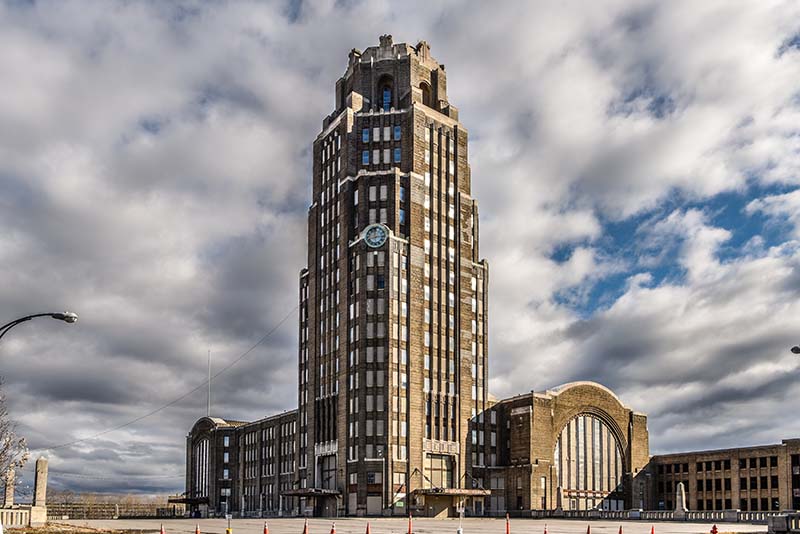
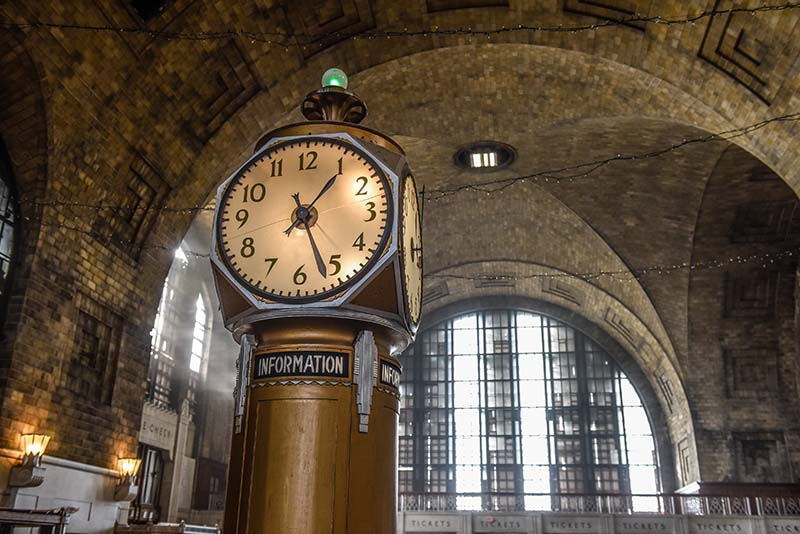
Such a walk or ride reveal moments of character that give Broadway Fillmore its sense of place: the soaring Art Deco tower of the Central Terminal, distinctive corner clock of the Union Stockyard Bank, Superman corner at Clark and Kent streets, 217-foot-tall steeples of St. Stanislaus, Quan Am statue of the Buddhist Cultural Center’s Serenity Garden, streamlined curve of the former Eckhardt’s department store, farm stand of Common Roots Urban Farm, countless telescope houses with Craftsman porches, and murals by Wojciech Kołacz, Edreys Wajed, and Muhammad Zaman.
The population is growing again in Broadway Fillmore, faster than anywhere else in Buffalo. Most new residents hail from Bangladesh, Somalia, or Vietnam, reinvigorating the neighborhood’s history as a magnet for new Americans. I moved here in 2021 to pursue a dream to restore and live over an East Side tavern. John Kucharski ran my tavern from 1914 to 1945, and it was known as Al’s Place when the last beer was served and the lights turned off in 1991. Thirty years later, the tavern has been reborn as Eugene V. Debs Hall, a nonprofit social hall named for the five-time Socialist Party presidential candidate. I live upstairs with Brazen the dog and Sputnik the cat.
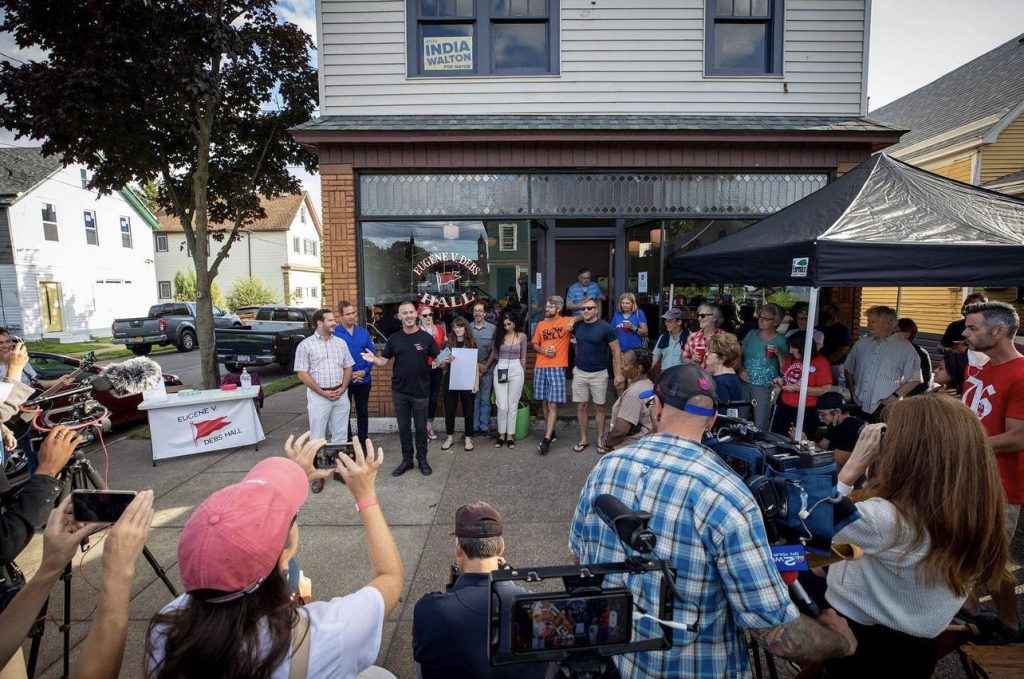
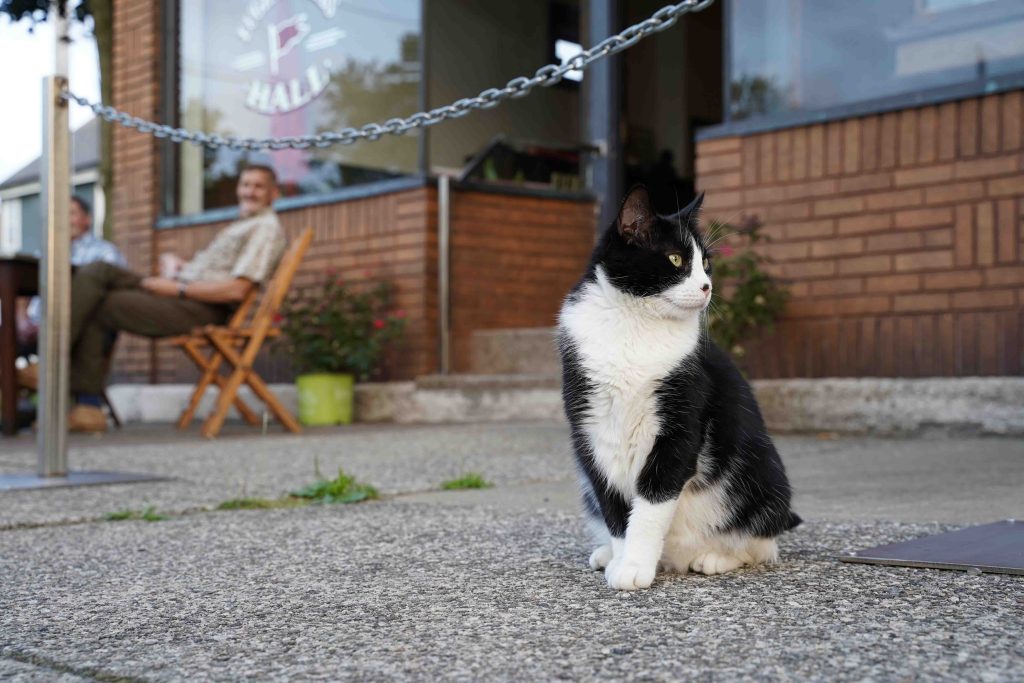
It is precisely the venerable history, nearly unparalleled decline, and signs of rebound that brought me to Broadway Fillmore. Everybody loves a comeback story, and there’s no better way to enjoy a comeback story than to help write it. Since Eugene V. Debs Hall celebrated the substantial completion of its restoration we’ve reestablished the block club, now called the Central Terminal Neighborhood Association. We’ve worked together to create a plan for where the neighborhood ought to be by 2032, and are implementing key projects.
We harbor no illusions that Broadway Fillmore will be a bustling neighborhood again soon. It will take time and hard work. The Broadway Fillmore that John Kucharski knew is not the same today, but if he were still alive or could peer down from the clouds, I imagine he’d be happy to see his long vacant establishment revived and the neighborhood beginning to recover.
